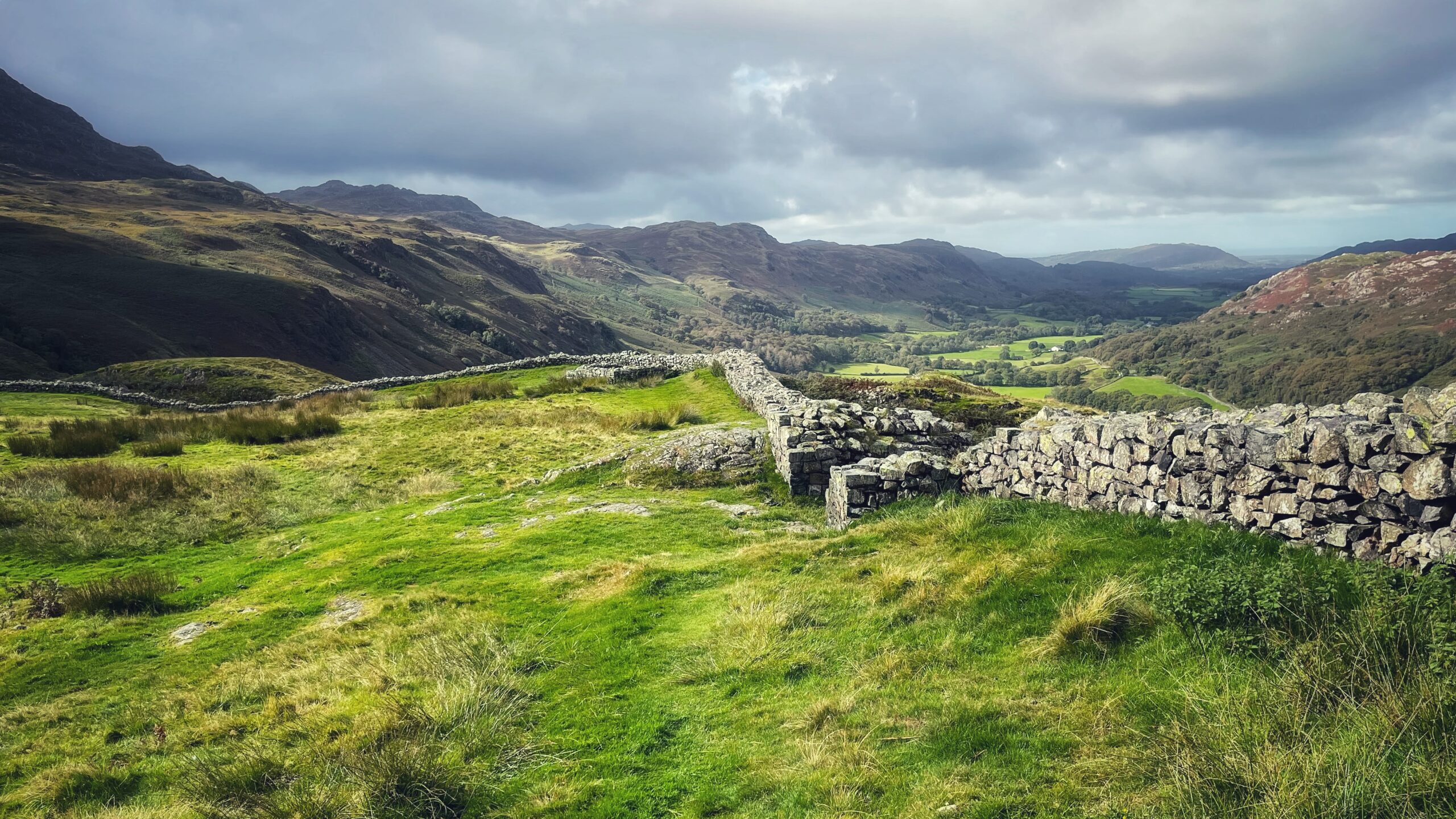It was not my first visit to Mediobogdum, better known as Hardknott Roman Fort, but it was the first time the weather allowed me to see it properly. The forecast had promised worse, yet the skies shifted restlessly, throwing sudden light and shadow across the valley of the River Esk, a green quilt of fields stitched with stone walls and hedgerows, and dotted with trees.
The photograph shows the north-west gate. It seems a redundant feature, given that it opens directly onto a steep drop into upper Eskdale. Still, if Roman regulations demanded a gate on every side, then a gate there must be.
A soldier standing here in the second century, perhaps an auxiliary from the Dalmatian coast, would not have had this view. The 1.7-metre-thick rampart wall would have blocked it. From one of the four lookout towers, however, he would have seen further: the road stretching from the port of Ravenglass to Ambleside, and with it the ever-present risk of attack from tribes such as the Brigantes.
Service at Mediobogdum was no easy posting. The fort was built around 120 AD and held a cohort of some 500 auxiliaries. When not on guard duty, they endured the grind of drill, inspections, and endless chores. They maintained the fort, built roads, repaired buildings, and kept themselves supplied, except for the grain hauled up from the lowlands.
Despite the effort, the first occupation lasted barely a decade. Abandoned, then re-garrisoned around the year 200, the fort remained in use for much of the following two centuries. Remote, windswept, and hostile, Hardknott must have felt like the end of the world for those sent here.

Leave a Reply